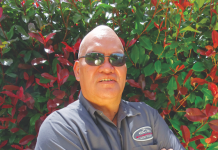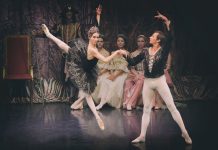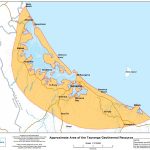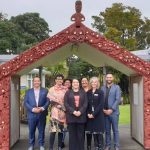Every iwi organisation in this country, and particularly those developing their economic bases, have learned to understand strategic or long-term vision and where it can take them. That understanding comes from being patient in a world that has been slow to accept what Maori have to contribute. We waited patiently for a lot of change in our society and that required both faith and vision. My parents learned a long time ago they had to have patience that schools would be better and more welcoming, the health of our people would improve, and that they wouldn’t be in subservient positions forever.
The world we now operate in is different and that hard-earned strategic patience has become an asset. Commercial companies tend to think in months and years with three to five year plans common, whereas socially focused and government organisations fall naturally into three-year planning cycles aligned with the election cycle. I have worked in places where two-year cycles overwhelm commercial development and stifle creativity. But iwi tend to operate in terms of growth over 50, 100 and 200 years. That’s what makes Maori businesses strong. We are long-term thinkers and planners.
Our long-term vision of 100 or 200 years must take into account the quadruple bottom line. The consideration of economic, social, environmental, cultural and spiritual outcomes, are not only expected in iwi organisations, but are intrinsic in the iwi outlook. Iwi often report on this on an annual basis. The measurement of a spiritual outcome is more often interwoven with the maintenance of mana whenua. This is also why Ngai Te Rangi, Ngati Pukenga and Ngati Ranginui are so passionate about the implications of having 11 Hauraki iwi attempting to control the internal operations of our region. It directly threatens our spiritual connection to place.
In essence, long-term vision for iwi is intergenerational development. It’s not just about making money or extending te reo, but yes those issues are important. It’s about advancing the iwi ‘in the round’ – or the quadruple bottom line.
That is the lens through which we look at such issues as development on Matakana Island. In 100 years’ time, will there be property development on Matakana Island? With a heavy heart I know there will be. The question is though, what role will mana whenua have in that development? What should we be doing in that space in the intervening years? Which of course brings us to back-casting or having the ability to look forward to the future, plan backwards in increments, and then start acting forward to those incremental milestones.
That is the beauty of long-term vision, it requires long-term planning, long-term thinking, long-term action and long-term patience.




































































